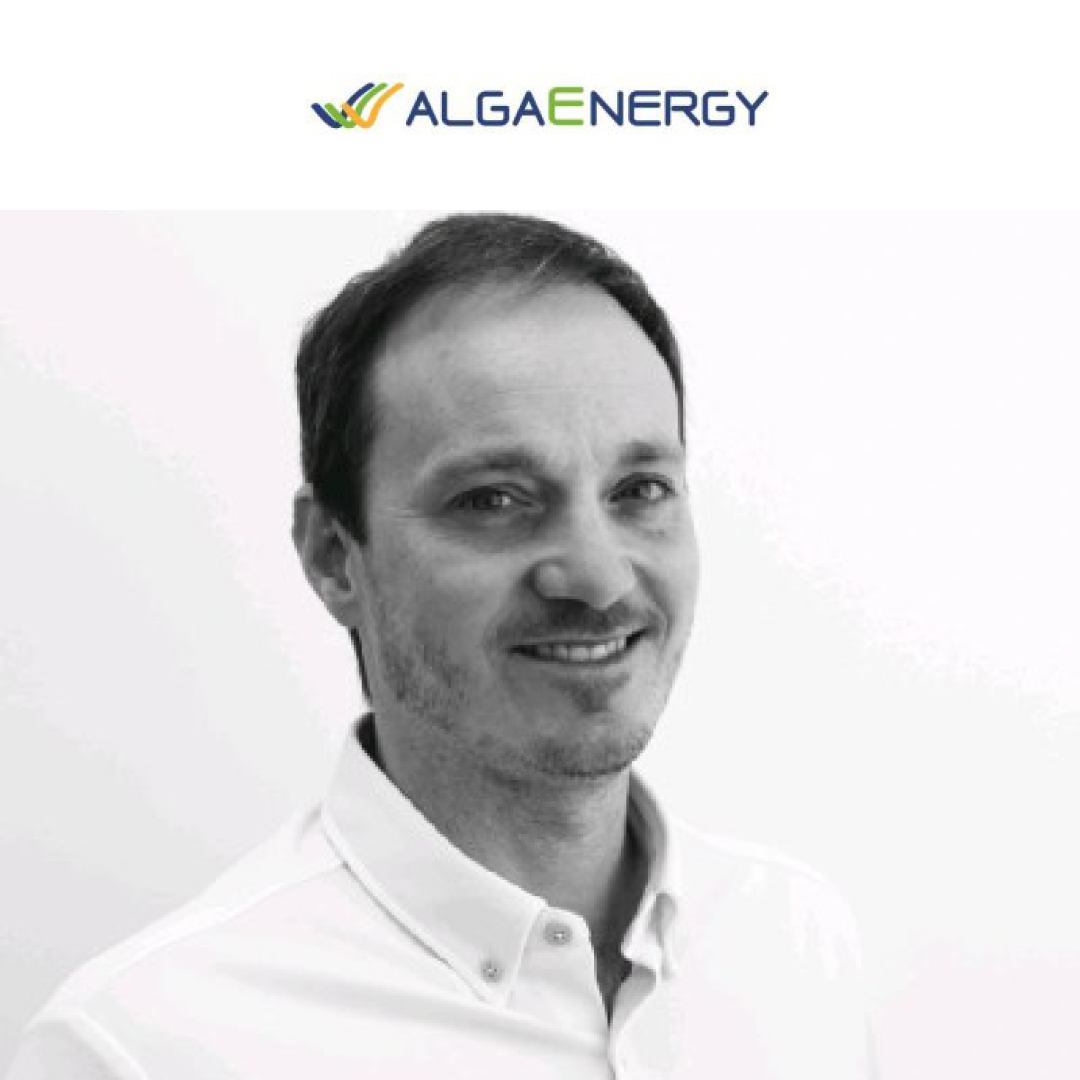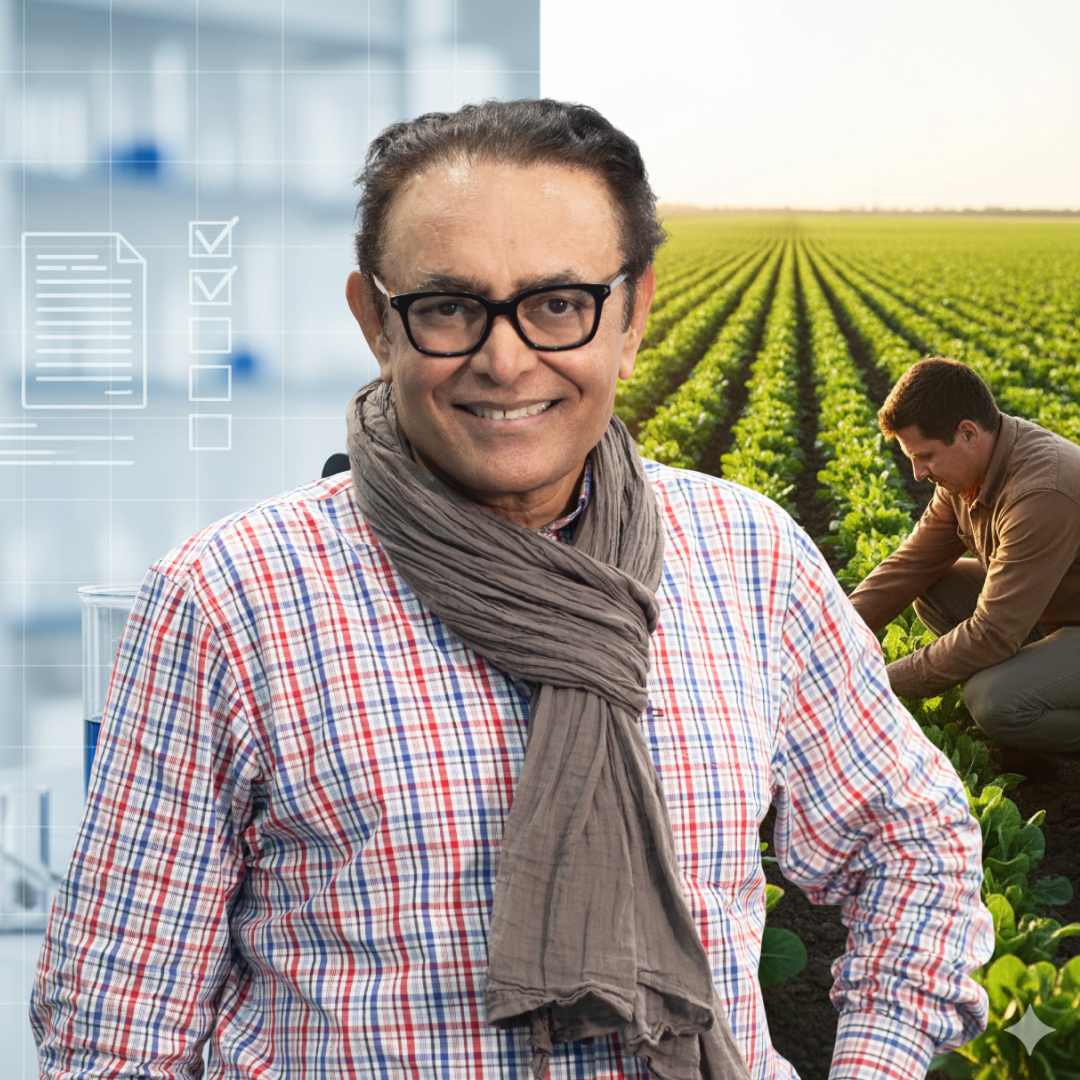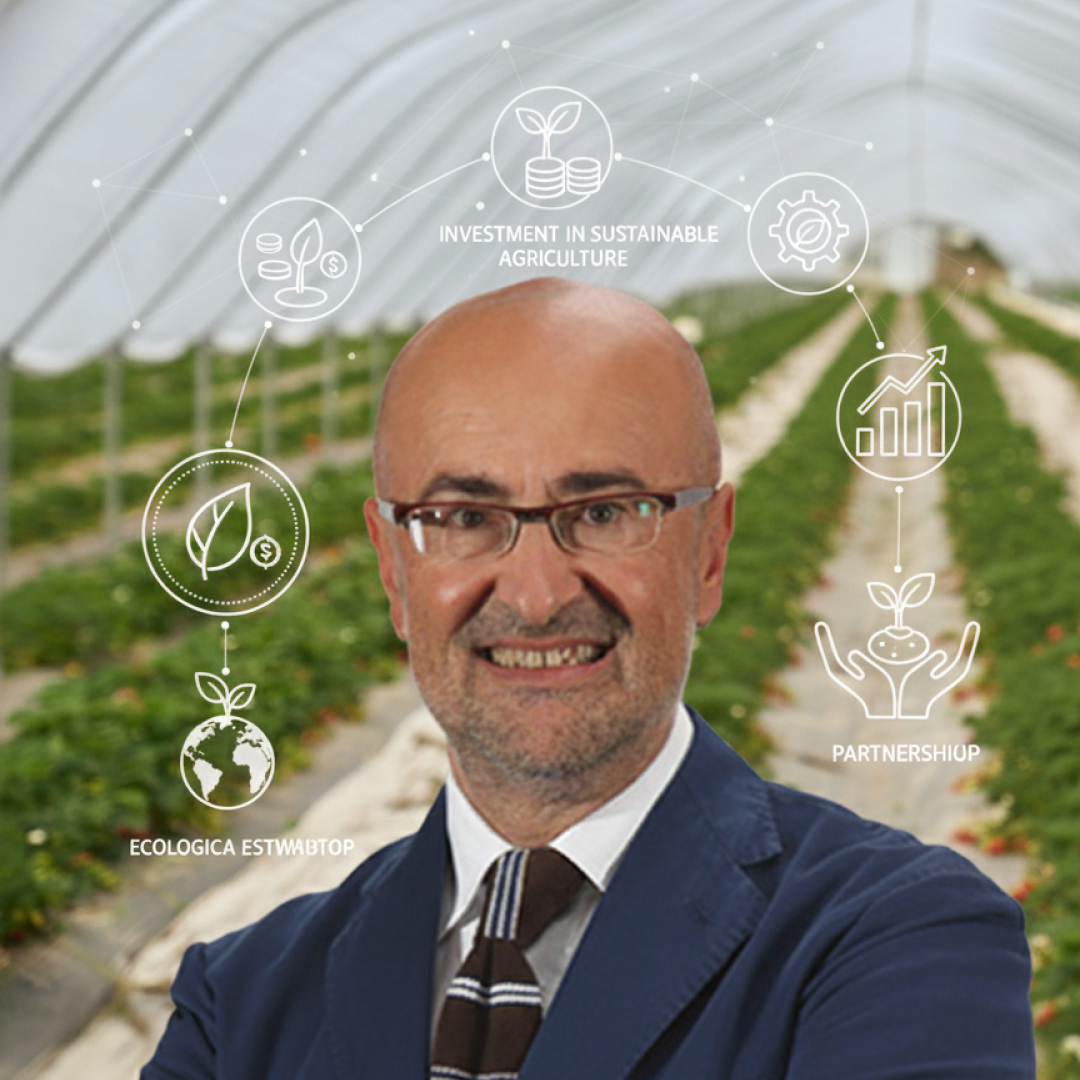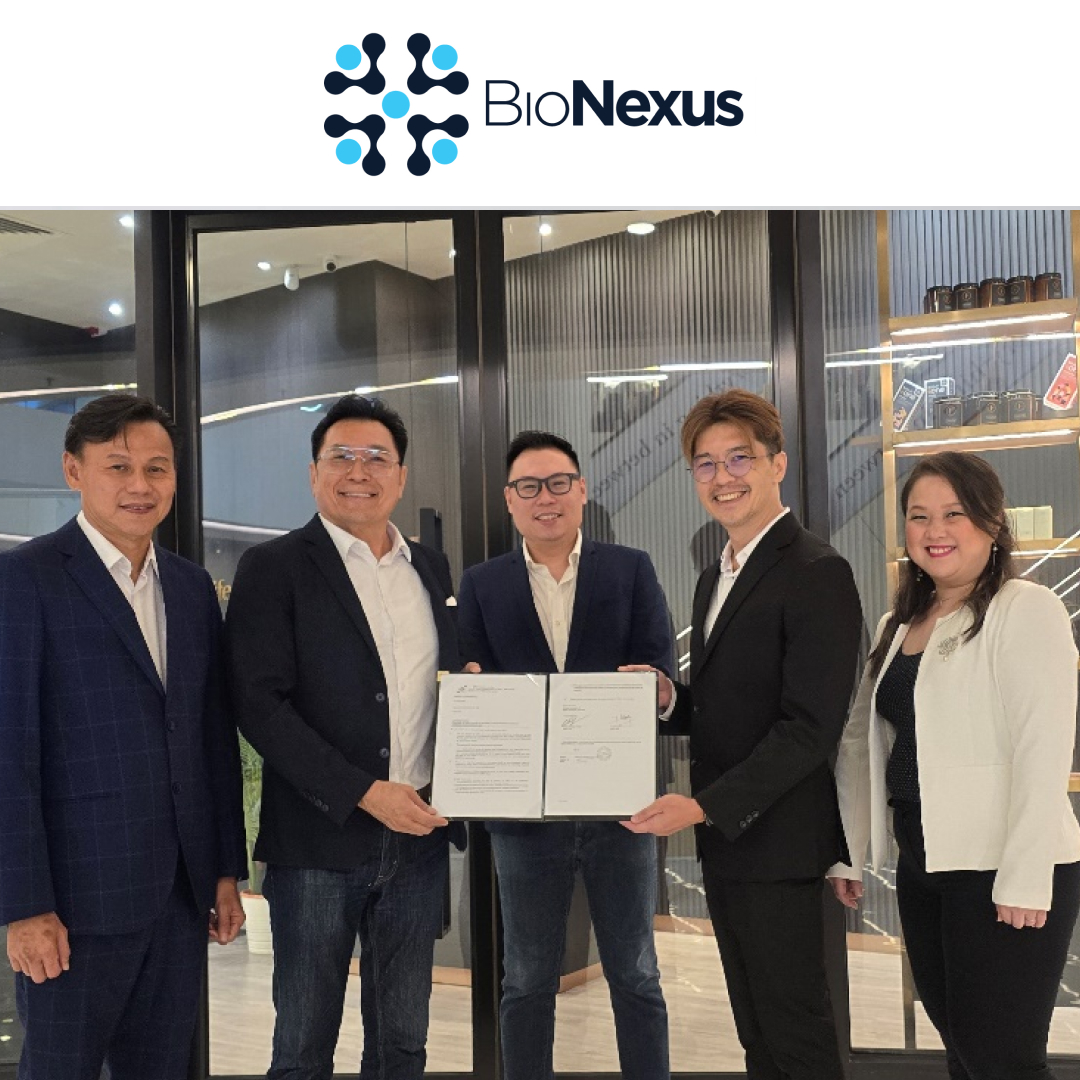
It’s back-to-work season after the summer break. In France, they call this “la Rentrée.” Summertime is great for reading and reflection. This summer, I read interesting articles that sparked some thoughts on the future of EU BioAg policy and our regulatory world.
(Mis)Trust in Science: A Challenge for EU BioAg Policy
We often observe outcomes and are tempted to link them to a cause. In past years, this has been a recurrent practice of targeting science, from antivaxxers to climate change deniers. This has caused serious troubles for our societies. It has undermined institutional trust and ultimately damaged our public health.
Social media amplifies this problem without moderation. This issue is also fed by the uncertainty of scientific results and the fact that we cannot explain everything around us.
Another contributor is that we “scientists” publish all kinds of results, all the time. Plausible but false links between unrelated events (like vaccines and autism) have undermined public trust in science. If we allow biased results to be published, cited, and used in regulations, how can the public trust us?
We cannot change the peer-review process overnight, except for the journals we review individually. We are responsible for ensuring the public can trust regulatory decisions. Regulators must create a clear separation between robust and speculative science when making EU BioAg policy.
Too often, a conservative precautionary approach has taken the lead and beaten robust science. This desire to safeguard people with overly cautious measures actually undermines public trust in the long run. It continues the very problem it tries to prevent.
Our Responsibility for Robust Science
We should acknowledge uncertainty, describe it well, and put it into the decision context. Uncertainty always remains! Physicists keep changing theories (like black holes), and the public is fine with it. Most societies consider physicists smart people. So, why must we assign a cause to everything in biological systems?
Our community – industry and agencies alike – must base approvals on reliable scientific evidence. We must prevent the use of speculative science. Changing the current situation is essential to (re)gain citizen trust in regulatory science. This can only be done by properly assessing evidence for robustness, reliability, and correct use of the scientific method.
Similarly, geology readily accepts uncertainty. I recently read an article about the 18th-century Lisbon earthquake. The article highlights how models used for Pacific plates don’t work for the calm Atlantic, where the quake happened.1 It was a good article about communicating uncertainty in science.
Why do we accept uncertainty in geology and physics but not in biology? I’ve been thinking about this question since the summer holidays. No clear answers so far.
Building Trust in Biotechnology: A Core EU Policy Goal
The B-Trust project aims to tackle the European blockage of Biotechnology. Its main objective is to develop a transparent governance model that promotes biotechnology in the agri-food and bio-based sectors. This model is essential for a sustainable EU BioAg policy. It also aims to improve industrial competitiveness and contribute to environmental, economic, and social sustainability, aligning with the UN Sustainable Development Goals.
More information about the project is on the project website (btrustproject.eu). B-Trust is an interesting project. It uses innovative approaches to tackle concerns and barriers to technology adoption. Co-creation involves several actors in the food chain. This approach is important because it addresses a key barrier farmers point out: feeling that decisions are made above their heads.
My first meeting after “la Rentrée” was a B-Trust workshop called “Solutions for Trust Barriers.”2 Researchers asked industry stakeholders for ideas to overcome biotech adoption barriers. They previously collected these barriers from farmers and European consumers. The barriers were overlapping and mostly connected to fear, mistrust, lack of scientific knowledge, and psychological behavior. I feel we cannot address some of these fears with data generation alone.
It is not just data that is missing. We need a better understanding of how new technologies work. We need to run plausibility checks of certain events and compare them to what we are currently using and its impact on the environment, humans, and ecosystems. Basically, we must consider the risks and benefits of both approval and non-approval scenarios.
What is New in Brussels? The Latest EU BioAg Policy Update
The EU has resumed discussions in Brussels on several hot topics. These include the Biotech Act, the Simplification procedure for Biocontrol (the Omnibus Simplification Package), and a review of the Fertilizer Product Regulation (FPR).
All these impactful policies are in a very active discussion phase, so it is premature to speculate. One thing I am rather sure of: changes are going to happen faster than we are used to in European affairs. I would risk guessing that many changes will be in a good direction for the bio-inputs industry. This will certainly have a short-term business impact. It is crucial for businesses to keep up to date on the evolving EU BioAg policy. This will help them avoid being directly impacted by new rules or by a competitor’s speedy moves.
The Return of the Bogs: EU Nature Restoration Policy
Talking about the return of bogs and peatland, which have been at the center of emotional debates. The argument is about peatland restoration versus conversion into agricultural land. A controversial law – The EU Nature Restoration Regulation3 – approved during the Green Deal in 2024, has changed the discussion. Peatland and bogs are seeing a surge in restoration projects. This is mainly because the new law and carbon credits support the case for their revival: terrestrial defenses against invasion in the Eastern EU flanks.4
Peatlands as a Carbon Sink Solution
For a long time, people saw bogs as wasteland that should be converted into farmland. This vision led to land drainage that degraded approximately 50 percent of EU peatlands. Bogs are the most efficient natural repositories of CO2 and produce carbon-rich peat. To give you an idea: bogs cover about 3 percent of the planet’s area but lock in a third of the world’s carbon. That is twice as much as forests can sequester, according to the authors.
Think about this carbon balance. The European Environmental Agency’s 2022 figures5 show drained peatlands released 124 million tons of greenhouse gases. That is equivalent to The Netherlands’ total carbon emissions for that year. The impact of the EU Restoration law can be huge, both economically and from short-term gains (carbon credits). Member States have until 2030 to achieve the restoration of 30 percent of the degraded peatland. The impact on carbon sequestration will be considerable.
Fun fact: 12 percent of the degraded peatland worldwide produces 4 percent of global planet-warming pollution. In contrast, global aviation’s contribution is 2.5 percent.
The EU Nature Restoration Regulation is a good example of green legislation. It can have a massive impact on our health, ecosystem, and economies. Hopefully, we will see some Green Deal initiatives return, driving the EU Bioeconomy forward. The price the EU is paying for its past inactive policies is too visible to ignore. A clear and stable EU BioAg policy is the only viable option.
A Final Thought
Wishing everybody a great “Rentrée”!
References:
- Howell (2025), New look at 1755 quake, Europe’s largest ever, may foretell Atlantic ‘ring of fire’, Science, 27th August 2025. Link
- B-Trust project (2025), which the European Union’s Horizon Europe programme supports under Grant Agreement No 101134847. Link
- Regulation (EU) 2024/1991 of the European Parliament and of the Council of 24 June 2024 on nature restoration and amending Regulation (EU) 2022/869. Link
- Zia Weise, Wojciech Kość and Veronika Melkozerova; From Kyiv to the Suwałki Gap, bogs return as Europe’s defensive shield; Politico.eu; published 26th August 2025. Link
- European Environmental Agency EEA report 17/2024; Enhancing Europe’s land carbon sink; Report published 30th June 2025; available online: Link
Disclaimer:
The text expresses solely the personal thoughts and views of the author on the topic and do not necessarily reflect views, opinions, or positions of any organization to which the author is affiliated.
Author:
Dr. José Carvalho is currently Europe Regulatory Lead for Certis Biologicals (aka Certis USA L.L.C), Chair of the IBMA Microbial Professional Group and member of the IBMA Council.







Leave a Reply